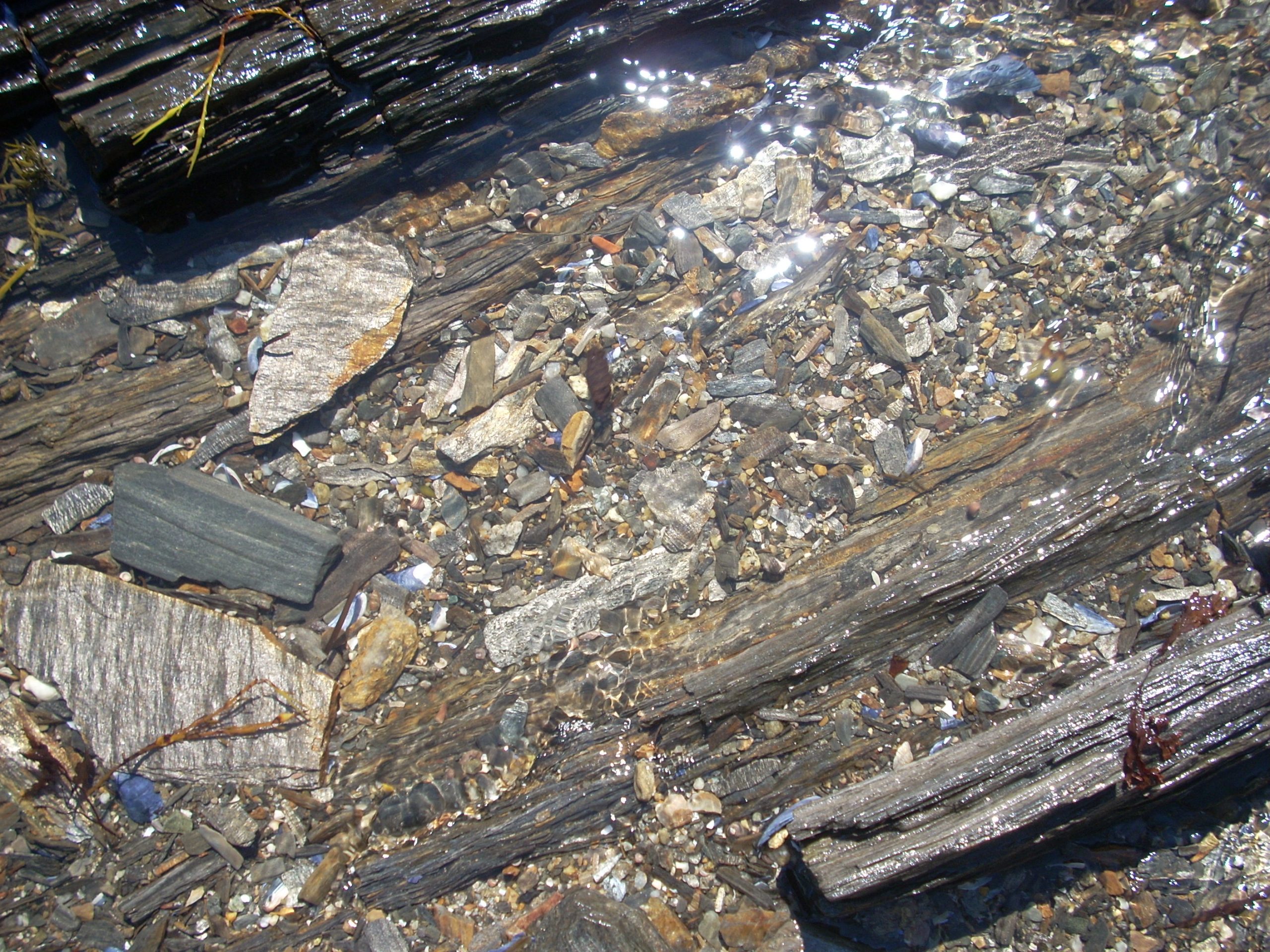
As we probe more deeply into the challenge of leading into the future, it is important to recognize both the newness of the world in which we are leading and the organizational and societal structures, problems and opportunities that we have inherited and that are emerging in our current world. The newness might best be identified as a form of “edginess”—for we are living on the edge of new forms of order as well as conditions of chaos. This edginess is complemented (and perhaps exacerbated) by the intermingling of the three societies I identified in a previous essay: premodern, modern and postmodern. In this essay, I briefly focus on edginess and revisit the three societies..
Poised on the Edge of Order and Chaos
In a 1991 article in Scientific American that has become a classic in the field, Stuart Kauffman introduces a new concept of chaos and order. He describes three different categories or states in which many systems can be placed. One of these states is highly ordered and structured. Kauffman draws an analogy between this state and the solid state that water takes when it is frozen. A second state is highly chaotic. Kauffman equates this state with the gaseous form which water takes when it is evaporating. The third (most interesting) state is one of transition between order and chaos, which Kauffman equates with the liquid state of water.
Three Physical States
The differentiation between solid, gaseous and liquid networks can be of significant value in setting the context for any discussion of postmodernism in organizations—and, in particular, the irreversibility of many organizational processes. We must look not only at ordered networks—the so-called solid state—and at chaotic networks—the so-called gaseous state—but also at liquid networks that hover on the brink of chaos, if we are to understand and influence our unique postmodern institutions.







